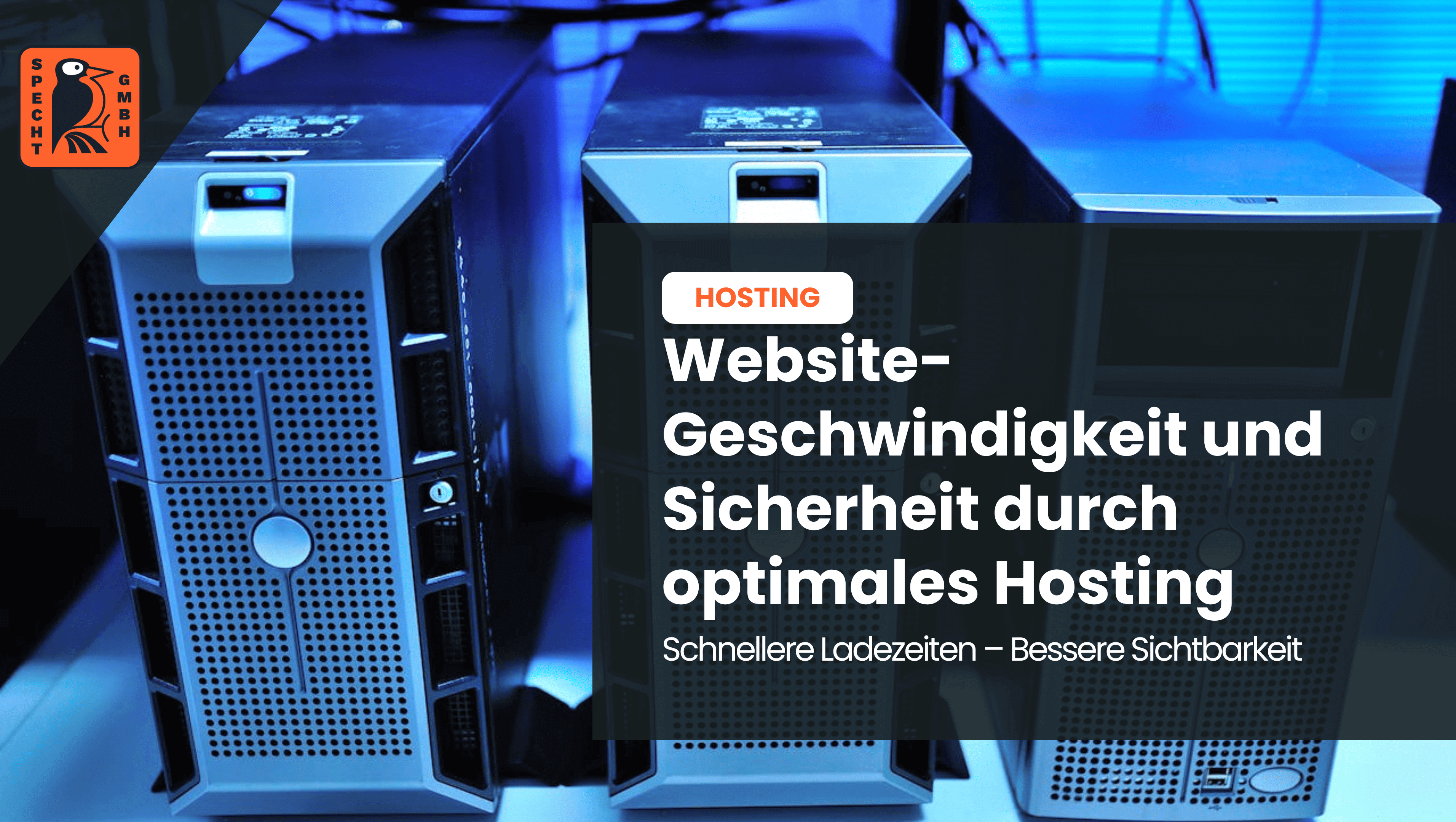In a nutshell: What is Google Vertex AI?
Google Vertex AI is a comprehensive machine learning platform from Google designed to streamline the process of creating, deploying and scaling high-quality AI models for developers and data scientists.
What functions does Google Vertex AI Studio offer?
Google Vertex AI offers a diverse range of features aimed at simplifying the machine learning workflow, including automated machine learning (AutoML), support for popular frameworks such as TensorFlow and PyTorch, and seamless integration with other Google Cloud services.
With Google Vertex AI, users can leverage a range of advanced tools and services to accelerate AI development, including AutoML capabilities to automate model creation and custom training options for tailored solutions. This platform integrates seamlessly with the broader Google Cloud ecosystem and enables smooth collaboration with other Google Cloud services such as BigQuery, Dataproc and more.
Developers and data scientists benefit from the versatility of Google Vertex AI, which allows them to work with structured, unstructured or tabular data to create powerful machine learning models. This adaptability makes it an attractive choice for professionals looking to harness the full potential of AI technology.
Automatic machine learning models
One of the outstanding features of Google Vertex AI is its AutoML functionality, which enables users to create high-quality machine learning models automatically and without extensive programming knowledge. AutoML within Vertex AI offers numerous benefits, including democratizing access to machine learning technologies for individuals and businesses of all sizes.
By simplifying the process of model development, AutoML allows users to focus on understanding their data and gaining valuable insights rather than getting lost in complex coding tasks. The automated nature of AutoML reduces the time and resources required to create effective machine learning models, making it an efficient and cost-effective solution for organizations looking to harness the power of AI.
With Vertex AI's intuitive user interface and comprehensive tools, even users who are not experienced data scientists can train, evaluate and deploy models with confidence.
- I am one of the leading SEO experts in Germany
I am known from big media such as Stern, GoDaddy, Onpulson & breakfast television and have already worked with over 100+ well-known clients successful on Google.
Google rating
Based on 185 reviews
Trustpilot rating
Based on 100 reviews
Support for various frameworks and languages
Google Vertex AI provides robust support for multiple machine learning frameworks and programming languages, including TensorFlow and PyTorch, so developers can work in their preferred environment.
By supporting various frameworks, Google Vertex AI increases the flexibility and compatibility of machine learning projects. This support allows experts to leverage the strengths of different frameworks depending on project requirements and optimize the development process. Working with familiar tools such as TensorFlow and PyTorch significantly reduces the learning effort and allows developers to focus on the core aspects of their models.
Integration with Google Cloud Services
Google Vertex AI integrates seamlessly with various Google Cloud services such as Dataproc and enables users to efficiently manage and process big data for their machine learning models.
By leveraging integration capabilities with services like BigQuery, users can easily access and analyze structured data to train their models.
The seamless connection with Google Cloud Storage enables the storage and retrieval of large data sets with high reliability and scalability.
In combination with Google Cloud AI Platform, users can optimize their machine learning workflows, from data preparation to model deployment, all within a unified ecosystem.
Simple model provision and scaling
Deploying and scaling machine learning models is made easier with Google Vertex AI, which includes auto-scaling and comprehensive model monitoring capabilities.
Vertex AI provides seamless deployment and scaling capabilities that optimize the process from model development to production. The auto-scaling feature adjusts resources based on demand to ensure cost efficiency and optimal performance. With comprehensive model monitoring, users can track model behavior in real time, detect anomalies and make timely adjustments to maintain peak performance. These features not only simplify model management, but also improve the scalability and reliability of machine learning applications in production environments.
-
Free
SEO strategy meeting
In a free SEO strategy talk, we uncover untapped potential and develop a strategy to help you become more successful on Google.

- More organic visibility
- More organic visitors to your website
- More inquiries & sales
How does Google Vertex AI work?
Google Vertex AI works with a streamlined workflow that includes data import and pre-processing, model training and selection, and model deployment and monitoring, providing data scientists and developers with a cohesive environment for end-to-end machine learning tasks.
Data import and pre-processing
The first step in using Google Vertex AI involves the import and pre-processing of data, which can be handled efficiently through integration with Google Cloud services such as Dataproc. Importing and pre-processing data is a crucial phase in machine learning workflows as it forms the basis for model training and evaluation.
Vertex AI provides a suite of tools such as BigQuery and Dataflow for seamless data preparation, enabling users to effectively cleanse, transform and organize data sets. By leveraging pre-built templates and pipelines within Vertex AI, users can streamline the process of data ingestion and cleansing, reducing time to insight and improving overall ML performance.
Model training and selection
Model training and selection in Google Vertex AI are facilitated by AutoML and support for frameworks such as TensorFlow and PyTorch, allowing users to create and select the best performing models.
This streamlined process not only simplifies the technical complexities of model optimization, but also allows users to efficiently navigate through different algorithm options. The AutoML feature intelligently automates hyperparameter tuning, model evaluation and selection, resulting in significant time savings for data scientists and machine learning practitioners.
By harnessing the power of AutoML, organizations can make informed decisions based on robust data analytics, paving the way for improved outcomes and competitive advantage in today's rapidly changing digital landscape.
Provision and monitoring of the model
Once a model is trained, Google Vertex AI provides tools for seamless model deployment and ongoing monitoring to ensure models perform reliably and are scalable when needed.
The deployment capabilities in Google Vertex AI enable data scientists and engineers to effortlessly bring their machine learning models into production environments across multiple platforms. Scalability is an important feature that enables models to handle increased workloads without compromising performance.
With robust monitoring tools, stakeholders can continuously track the model's performance metrics, detect anomalies and make necessary adjustments in real time to maintain optimal performance. These capabilities are critical to ensure that the models deployed meet the evolving needs of organizations and users.
What are the advantages of Google Vertex AI?
Google Vertex AI offers numerous benefits, including faster and more efficient model creation, flexibility and scalability, and lower costs, making it an attractive solution for developing high-quality AI models.
Faster and more efficient modeling
With its AutoML capabilities, Google Vertex AI enables faster and more efficient modeling, allowing users to create high-quality models with minimal manual intervention.
Vertex AI's AutoML feature enables developers to leverage pre-built machine learning pipelines, reducing the time and effort required for model development. By automating tasks such as data pre-processing, feature extraction and hyperparameter tuning, AutoML streamlines the entire process and accelerates the delivery of production-ready models.
The platform's intuitive user interface simplifies algorithm selection and model fine-tuning, making it accessible to users with limited machine learning expertise. This ease of use combined with the advanced automation capabilities ensures that models can be created quickly without compromising quality, ultimately improving the efficiency of the development workflow.
Flexibility and scalability
Google Vertex AI offers unprecedented flexibility and scalability, allowing users to seamlessly adapt their machine learning models to different workloads and requirements.
With Google Vertex AI, users can easily adjust compute resources as needed to ensure their projects run efficiently, regardless of size or complexity. The platform's scalability feature allows for smooth expansion without compromising performance, making it an ideal solution for projects of any size. Whether you're dealing with massive data sets or real-time applications, Google Vertex AI can dynamically adapt to your specific requirements and provide a seamless and hassle-free experience.
Lower costs
One of the significant advantages of Google Vertex AI is its cost-effectiveness, allowing users to create and deploy efficient machine learning models without incurring excessive costs.
Vertex AI optimizes the machine learning workflow, providing pre-trained models and AutoML capabilities that accelerate development and deployment processes.
By automating hyperparameter tuning and model selection, Vertex AI reduces the time and resources required for training and optimization, resulting in cost savings for organizations.
What applications does Google Vertex AI have?
Google Vertex AI finds applications in various fields, including image and speech recognition, recommendation systems, predictive analytics and natural language processing (NLP), demonstrating its versatility and ability to handle big data analytics.
Image and speech recognition
Google Vertex AI is extremely effective at tasks such as image and speech recognition. It provides robust tools and frameworks to create and deploy accurate models. A notable capability of Vertex AI is the integration of advanced techniques such as deep learning to improve accuracy in model prediction.
Using state-of-the-art technologies such as TensorFlow and PyTorch, developers can create complex neural networks that excel at recognizing complex patterns in images and language data. Vertex AI provides pre-built models and AutoML capabilities that simplify the development process, speed deployment and improve performance.
Recommendation systems
Recommendation systems benefit significantly from Google Vertex AI. This platform enables the development of personalized and efficient recommendation algorithms.
Vertex AI is characterized by powerful machine learning capabilities that can process large amounts of data quickly and accurately.
This enables companies to handle large data sets effortlessly.
Using advanced algorithms, Vertex AI analyzes user behavior, preferences and interactions to generate highly personalized recommendations that match individual tastes and needs. This form of customization improves the user experience, encourages interaction and ultimately leads to increased customer satisfaction and loyalty.
Predictive analytics
Predictive analytics is another important application of Google Vertex AI, where the ability to analyze big data and generate accurate predictions is invaluable. By harnessing the power of Vertex AI, companies can use advanced machine learning models to predict future trends, identify potential risks and optimize decision-making processes.
With its user-friendly interface and robust analytical capabilities, Vertex AI enables organizations to gain valuable insights from vast amounts of data. This efficient approach to predictive analytics not only saves time, but also improves the accuracy and reliability of predictive models.
Natural language processing
Natural language processing (NLP) is a key application of Google Vertex AI, which provides advanced tools to efficiently analyze and interpret human language.
Through its innovative tools and techniques, Vertex AI plays a significant role in improving NLP capabilities. It uses machine learning models to extract insights from text data and enable tasks such as sentiment analysis, entity recognition and language translation.
By leveraging advanced algorithms, Vertex AI enables developers and researchers to create sophisticated NLP applications that can understand complex language nuances and contexts. This has far-reaching implications for industries such as healthcare, finance and customer service, where accurate understanding of human language is critical.
Conclusion: How good is Vortex AI?
Google Vertex AI is a powerful, integrated platform for the development and use of AI models. It offers companies and developers extensive opportunities to create innovative solutions and increase efficiency with the help of machine learning. Alongside ChatGPT, it is an ideal alternative for all users and companies who want to simplify and speed up their processes thanks to AI
- Do you know my SEO newsletter?
Register now and receive regular tips from the experts.






